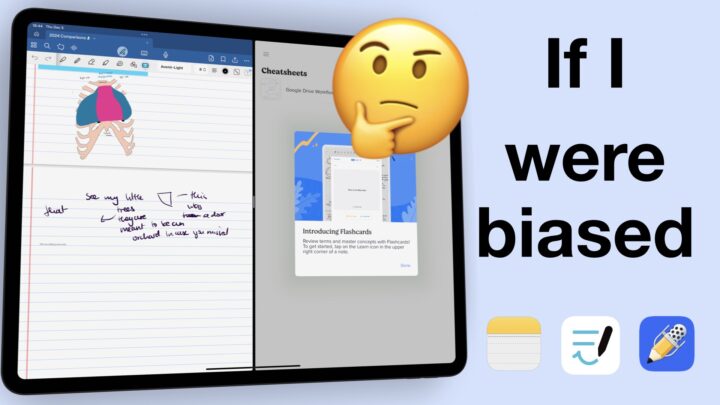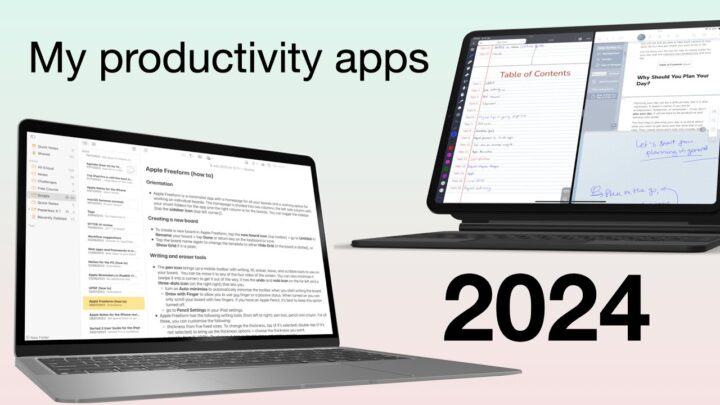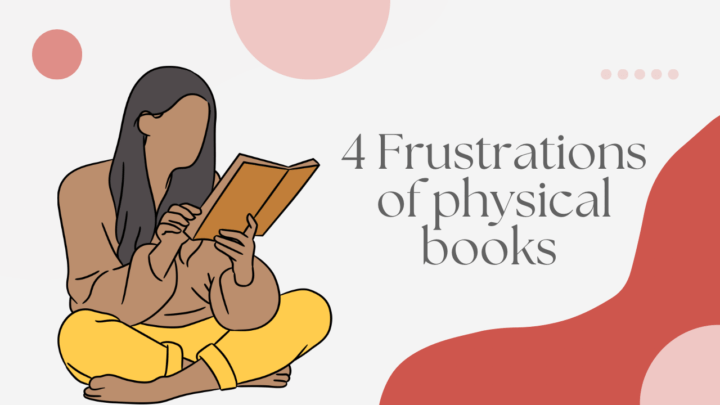Some argue that users should pay subscriptions for apps they wish to keep alive. Just how many apps can you keep alive? If it meant paying for all the apps you need, how much are you willing to bill every month to use your device?
Not every business model can sustain a subscription model
All creators love the idea of a guaranteed monthly income. That is why most developers find subscriptions enticing. However, the truth is, not every business model can sustain a monthly subscription (like utility bills).
Water and electricity bills were the first subscription models introduced into our lives, hundreds of years ago. We need water and electricity every day. Without them, our lives would come to a sudden stop. How many of us can say that about most apps? Not many.
I have hundreds of apps on my iPad and only a select few are important enough to justify a subscription. Most apps are convenient, that’s a given. However, when asked to pay $20 per month, most of them lose their value in our lives instantaneously.
The law of supply and demand
There are millions of apps on the market in 2021, a few hundred good ones and even fewer worth subscribing to. Most people subscribe to apps until they discover a similar one for half the price, usually a one-time purchase.
End users have become accustomed to using free apps, thanks to Facebook, Instagram, YouTube, Google, Yahoo, etc. Most top popular apps are free. Their developers have thought of ways to monetise their apps without exploiting their users.
The entitlement amongst developers
Developers work around the clock to fix bugs and update their apps all the time. They must make a living somehow, it makes sense. Because of this, some developers feel entitled to subscriptions. Bug fixes don’t justify a monthly subscription; the service your app offers does.
PDF Expert 7 Pro became a subscription about a year ago. They have been releasing bug-fixing updates for a year! No new features have come from them since they went subscription. The way it looks to us is, a guaranteed monthly income made them lazy. Whether or not they improve their app, they still make money anyway, so why bother?
Users don’t owe developers anything. If you stopped updating your app, there are probably ten apps that do the same thing as your app. Very few apps are too unique to replace. We love our developers; we need them because they make our lives easier. However, they need to stop feeling entitled to subscriptions.
What subscriptions are sustainable?
Business apps
It’s very simple if I can’t make money from using your app, I can’t afford to pay a subscription for it. Business apps can sustain a business model. Great examples to look at are Adobe and Microsoft. Adobe has tens of apps for creators. We pay a monthly subscription for them because we can make a living from them.
Microsoft 365 is a subscription for personal and business use. It works for freelancers, small business owners and big businesses alike. It eases our workflows and thus, we pay for it monthly to stay in business.
Streaming services
Somehow, it feels cheaper to pay for Apple Music, instead of purchasing every album you love. How sustainable that is in the long, we can’t say for sure.
But it’s better to pay $14.99 this month for everyone in your family to enjoy the latest albums from their favourite artists instead of everyone purchasing those albums. The same applies to Netflix, Amazon Kindle Unlimited and YouTube Music. They allow you to stream movies, listen to music, and read books for a small fee per month. For avid readers and music lovers, surely the subscriptions make sense.
The compromise
I have 134 apps on my iPad and that is the least apps I have had in a long time. It is so partly because we review apps for a living. If all these apps became subscriptions, (charging at least a dollar per month) added to my current subscriptions, I will be paying at least $200/month just to use my iPad. When buying an iPad Pro (that costs $1500) is going to cost me $200/month to use it, this simply becomes unsustainable.
We sympathise with our developers though, and we definitely would like to keep them around because they are a big part of our workflows. Most of us can’t commit to monthly subscriptions or afford to pay for one-time purchases. We can, however, understand:
- Paid updates: whenever our developers add more features or create newer versions of their apps. We can understand that. For most apps, these massive updates come once a year.
- In-app purchases: can be a sustainable source of income. It has been, for years, amongst game developers. The best example of a productivity app that’s successfully implemented this business model is the Olive Tree Bible. It is a free app on all platforms, but boasts an impressive in-app store with products ranging from free to as much as $750!
- Crowdfunding: for promising developers. With so many apps on the market, some brilliant ideas may struggle to stand out. Some of our developers need our help and if we believe in their vision, we can support them. This is not a lifetime commitment though. Just a one-time boost to help our developers when they’re just starting off.
- Apple, Google and other companies can start paying developers with great apps and many users. They could even come up with ways to make sure developers gain more if they choose to dedicate their time to making our devices work.




